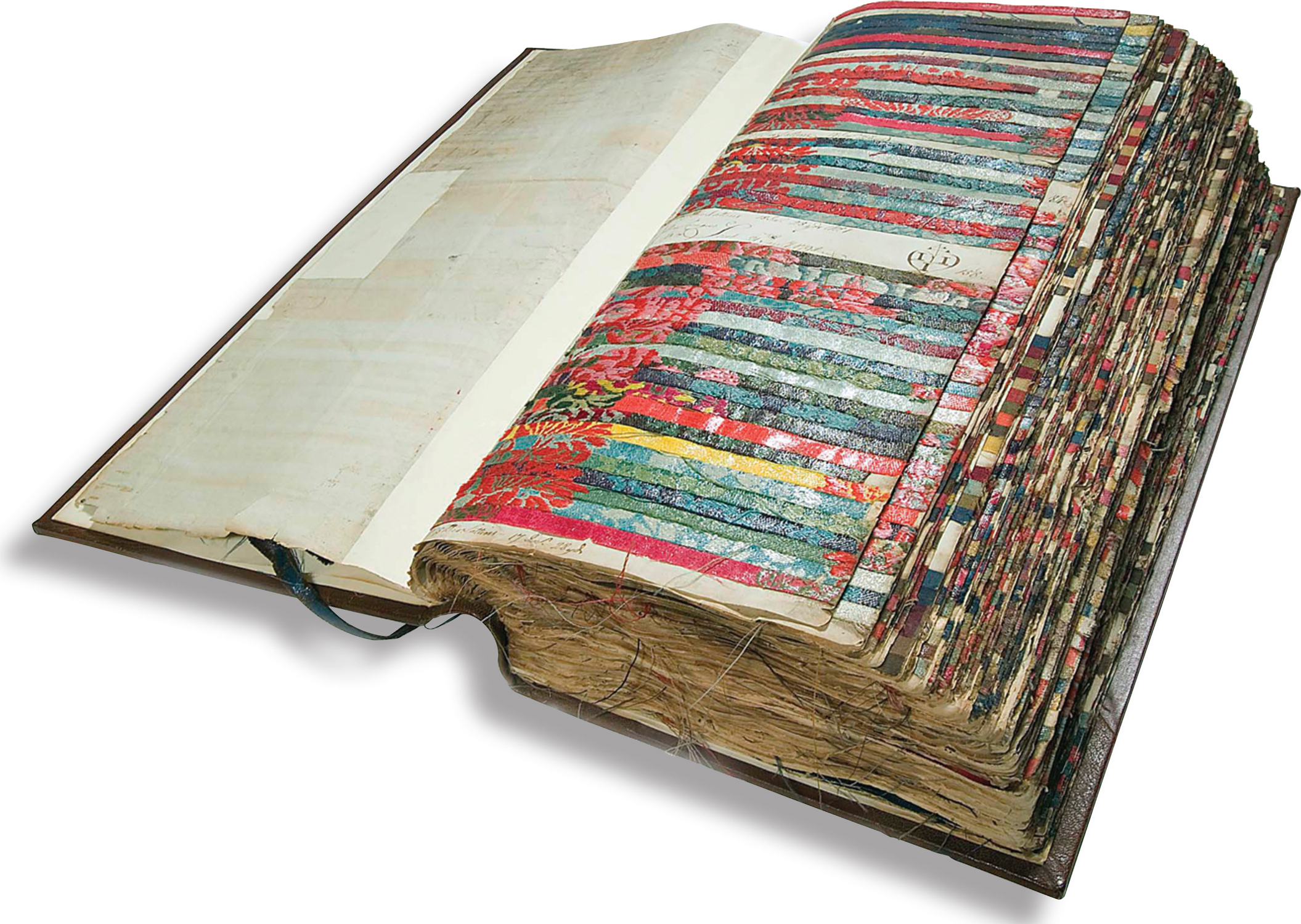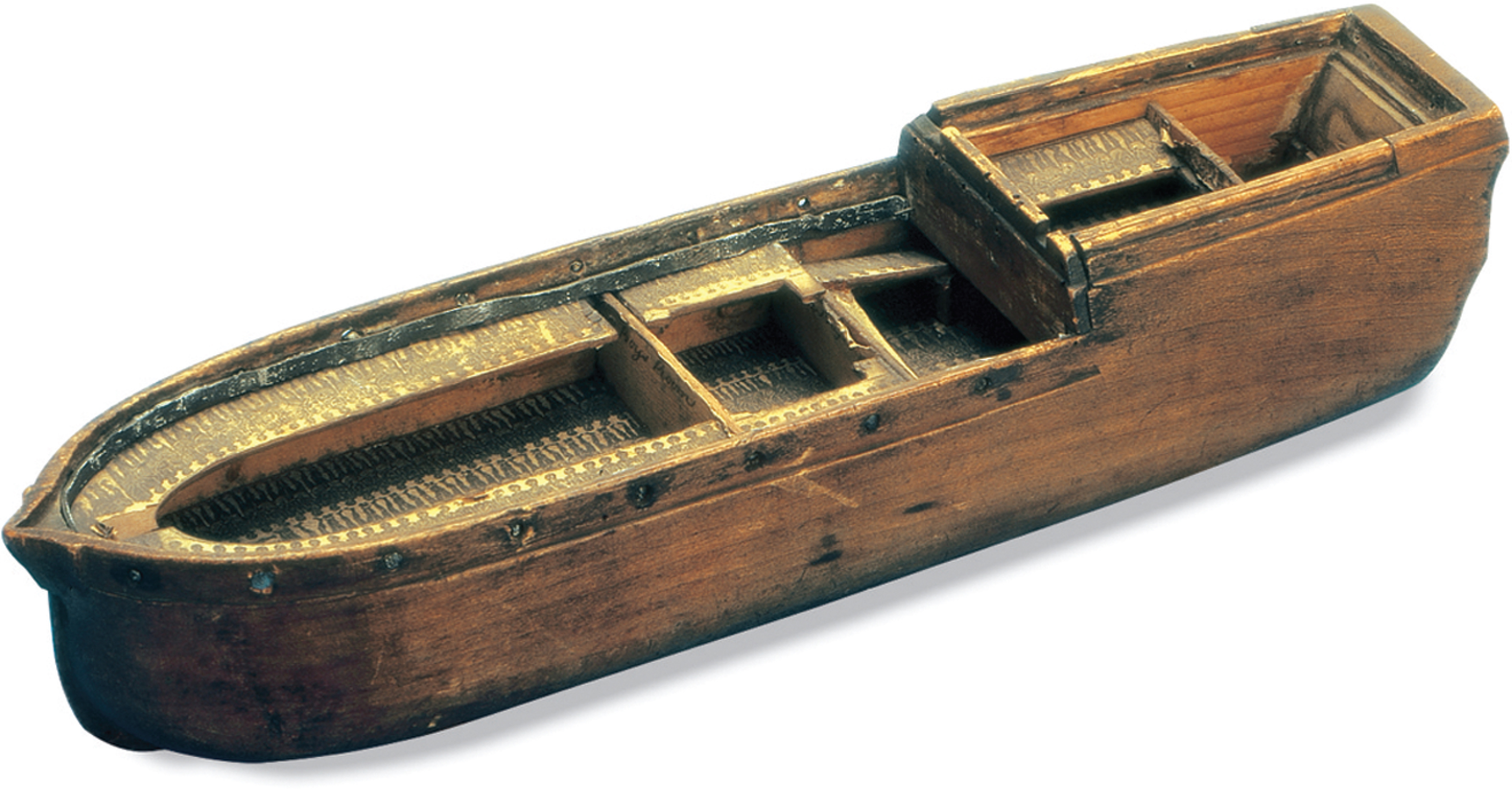The American Promise:
Printed Page 105
The American Promise Value
Edition: Printed Page 100
Introduction for Chapter 5
5
Colonial America in the Eighteenth Century
1701–1770

CONTENT LEARNING OBJECTIVES
After reading and studying this chapter, you should be able to:
- Understand the link between eighteenth-
century colonial population growth and economic growth. - Explain how the market economy developed in New England and in what ways Puritanism was weakened.
- Discern how the population growth of the middle colonies differed from that of New England and the South.
- Recognize how the large influx of slaves into the southern colonies shaped the region’s economy, society, and politics.
- Identify the shared experiences that unified the culture of the colonies of British North America.
- Understand how the policies of the British Empire provided a common framework of political expectations and experiences for American colonists, including their relations with Native Americans throughout North America.
THE BROTHERS AMBOE ROBIN JOHN AND LITTLE EPHRAIM ROBIN JOHN lived in Old Calabar on the Bight of Biafra in West Africa. The Robin Johns were part of a slave-
British slave ship captains and Grandy King George’s African rivals conspired in 1767 to destroy the king’s monopoly. In a bloody battle, Little Ephraim and Ancona Robin John were enslaved and transported across the Atlantic to the West Indies.
Unlike most slaves, the Robin Johns spoke and wrote English, a skill they had learned as slave traders in Old Calabar. The Robin Johns escaped from the man who bought them in the West Indies and boarded a ship “determined to get home,” Little Ephraim wrote. But the ship captain took them to Virginia instead and sold them as slaves. Their new master “would tie me up & whip me many times for nothing at all,” Ancona testified, adding that he “was exceedingly badly man ever I saw.” After their master died in 1772, the Robin Johns heard that a slave ship from Old Calabar had recently arrived in Virginia, and the captain promised to take them back to Africa if they would run away. They did, but the captain took the Robin Johns to Bristol, England, and sought to sell them as slaves yet again.

While imprisoned in Bristol harbor, the Robin Johns smuggled letters to a Bristol slave trader they had known in Old Calabar. With his help, the Robin Johns appealed to the chief justice of England for their freedom on the grounds that they were unjustly enslaved because they “were free people . . .
As free Africans in Bristol, the Robin Johns converted to Christianity, but they longed to return to Africa. In 1774, they left Bristol as free men on a slave ship bound for Old Calabar, where they resumed their careers as slave traders.
The Robin Johns’ quest to escape enslavement and redeem their freedom was shared but not realized by millions of Africans who were victims of slave traders such as Grandy King George and numberless merchants, ship captains, and colonists. In contrast, tens of thousands of Europeans voluntarily crossed the Atlantic to seek opportunities in North America—
The flood of free and unfree migrants crossing the Atlantic contributed to unprecedented population growth in eighteenth-
CHRONOLOGY
| 1711 |
|
| 1730s |
|
| 1732 |
|
| 1733 |
|
| 1739 |
|
| 1740s |
|
| 1745 |
|
| 1750s |
|
| 1754 |
|
| 1769 |
|
| 1770 |
|
| 1775 |
|